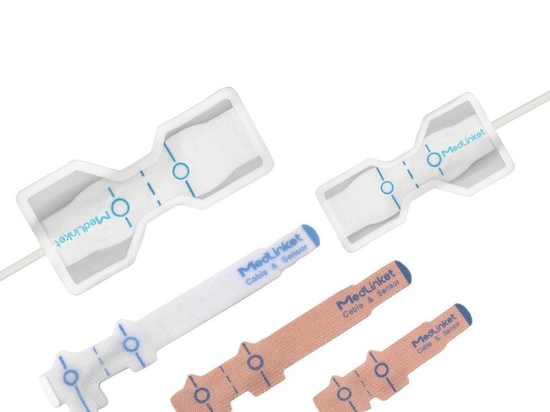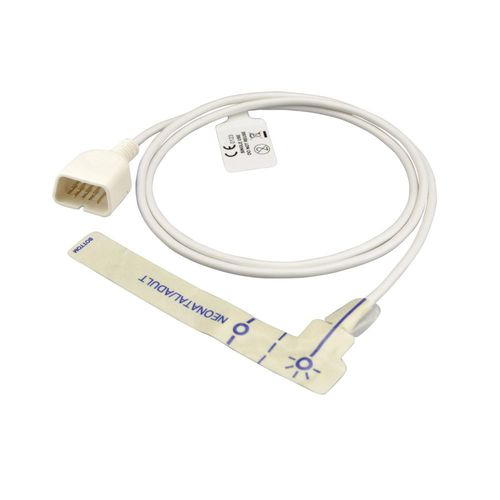
#Product Trends
Application scenarios and usage methods of Disposable SpO2 Sensor
Application scenarios and usage methods of Disposable SpO2 Sensor
The Disposable SpO2 Sensor is an electronic equipment accessory necessary for monitoring in the process of general anesthesia in clinical operations and routine pathological treatments for critically ill patients, newborns,and children. Different sensor types can be selected according to different patients, and the measurement value is more accurate. Disposable SpO2 Sensor can provide various medical grade adhesive tapes according to the different pathological needs of patients, which is convenient for clinical monitoring needs.
The basic principle of Disposable SpO2 detection is the photoelectric method, that is, the arteries and blood vessels usually pulse continuously. During the contraction and relaxation, as the blood flow increases and decreases, it absorbs light to varying degrees, and absorbs light during the contraction and relaxation phases. The ratio is converted by the instrument into the measurement value of SpO2. The sensor of the SpO2 Sensor consists of two light-emitting tubes and one photoelectric tube. These human tissues are irradiated with red light and infrared light through light-emitting diodes. The blood hemoglobin, Tissues and bones absorb a large amount of light at the monitoring site, and the light passes through the end of the monitoring site, and the photosensitive detector on the side of the sensor is receiving data from the light source.
The Disposable SpO2 Sensor is used in conjunction with the monitor to detect the vital signs of the patient and provide the doctor with accurate diagnostic data. The SpO2 refers to the percentage of blood oxygen content and blood oxygen volume. The SpO2 Sensor is used for one-time use to collect and transmit the patient's SpO2 and pulse rate signals. As a continuous, non-invasive, fast response, safe and reliable monitoring method, SpO2 monitoring has been widely used.
Application scenarios of Disposable SpO2 Sensor:
1. Post-operative or post-anaesthesia care unit;
2. Neonatal care ward;
3. Neonatal intensive care unit;
4. Emergency care.
Basically, after the baby is born, the medical staff will monitor the SpO2 level of the newborn, which can effectively guide the normal health of the baby.
How to use Disposable SpO2 Sensor:
1. Check whether the blood oxygen monitor is in good condition;
2. Choose the type of sensor that fits the patient: According to the applicable population, you can choose the type of Disposable SpO2 Sensor suitable for adults, children, infants, and newborns;
3. Connect the device: connect the Disposable SpO2 Sensor to the corresponding patch cord, and then connect it to the monitor device by the patch cord;
3. Fix the sensor end at the corresponding position of the patient: Adults or children generally fix the sensor on the index finger or other fingers; for infants, fix the sensor on the toes; for newborns, usually wrap the probe on the sole of the newborn;
5. After confirming that the SpO2 Sensor is connected, check whether the chip is lit.
Compared with Reusable SpO2 Sensor , Reusable Sensor are reused between patients. The sensor cannot be sterilized with antiseptics and viruses cannot be sterilized by high temperature. It is easy to cause virus cross-infection in patients. Disposable blood oxygen probes can effectively prevent infection. .
Medlinket is aware of patient safety, comfort and hospital costs, and is committed to developing Disposable SpO2 Sensor to help our clinical partners provide the best patient care and meet the needs of safety, comfort, ease of use, and low cost
Products Recommended:
1.Microfoam Disposable SpO2 Sensor:use soft sponge Velcro to improve product comfort and lifespan
2.Transpore Disposable SpO2 Sensor:it can effectively monitor the patient's skin condition and has good air permeability
3.Non-woven Disposable SpO2 Sensor:soft and light, good elasticity, good air permeability





